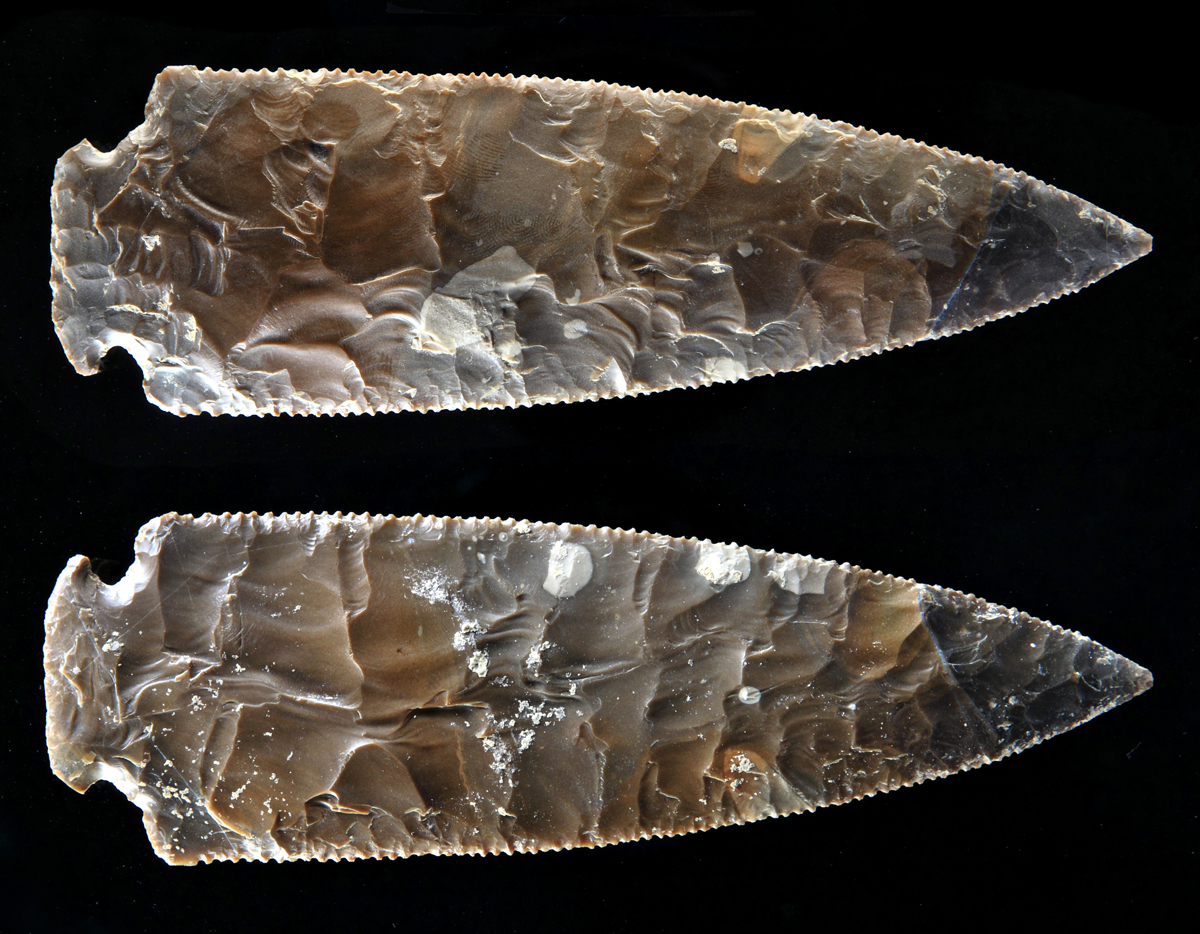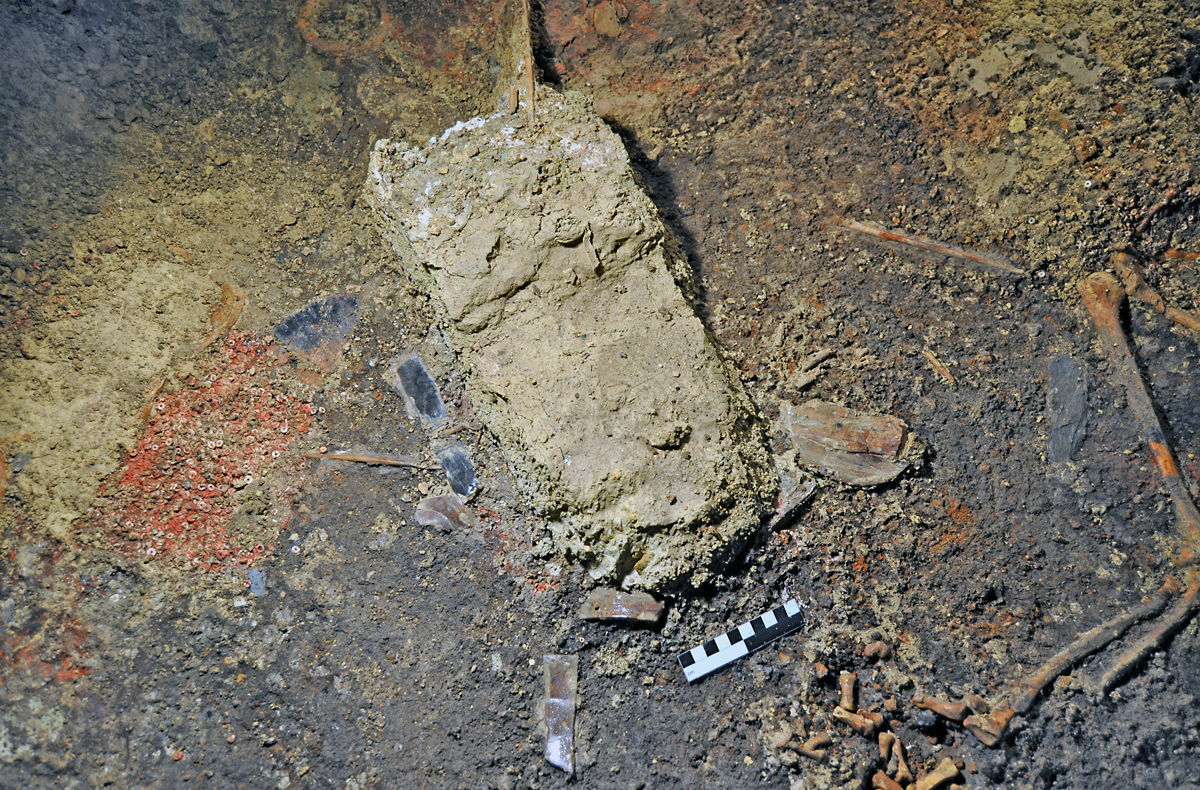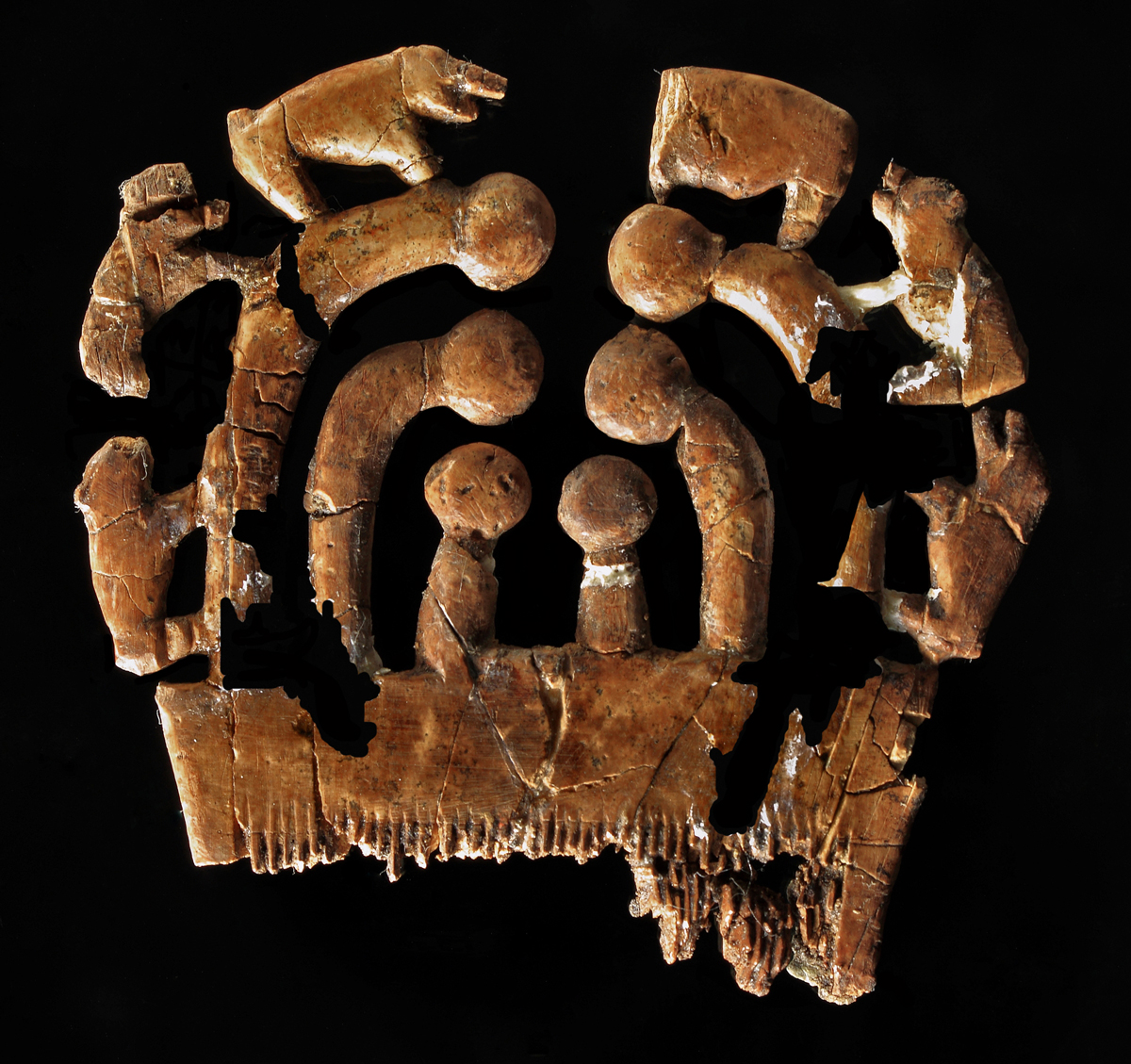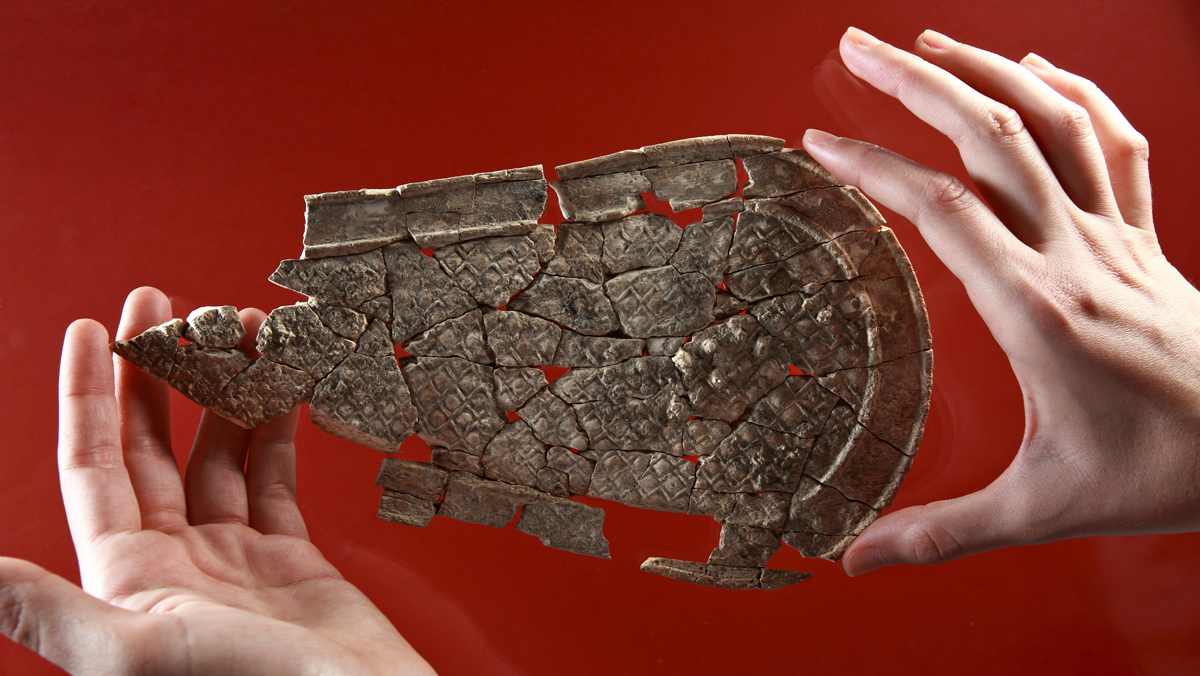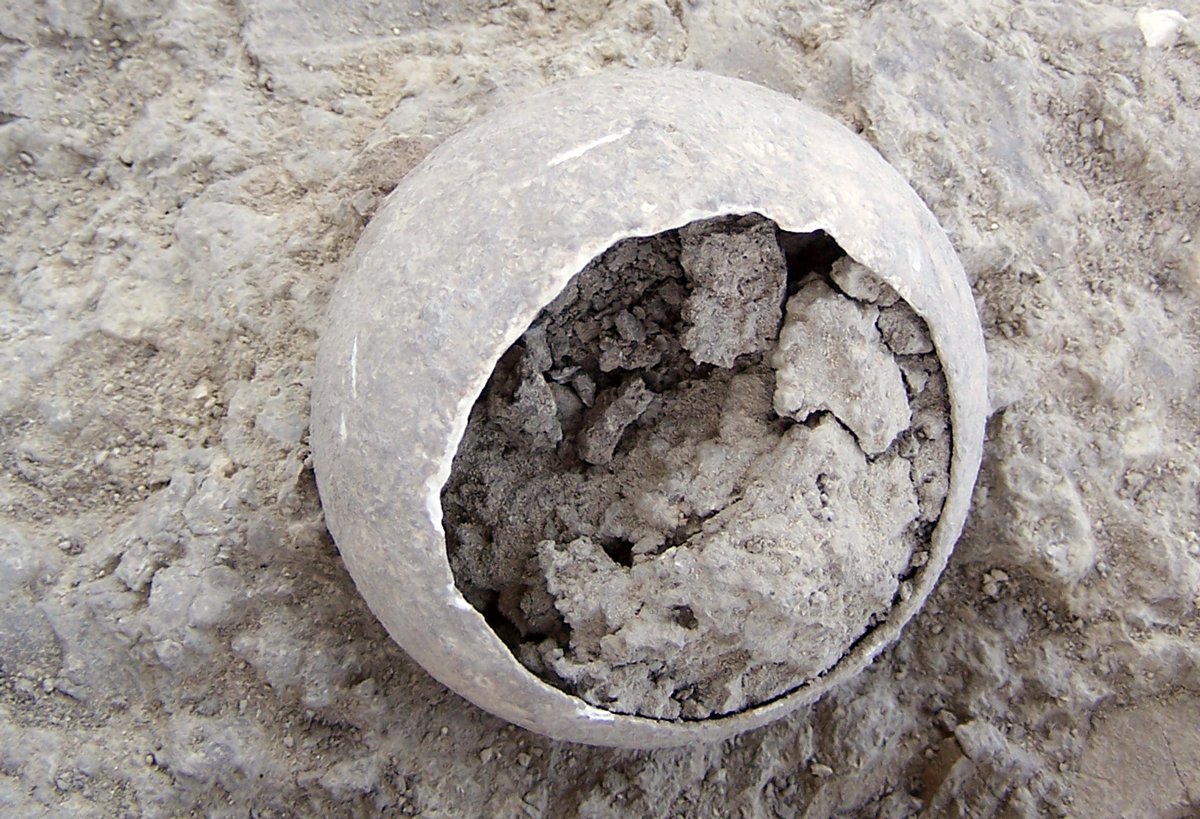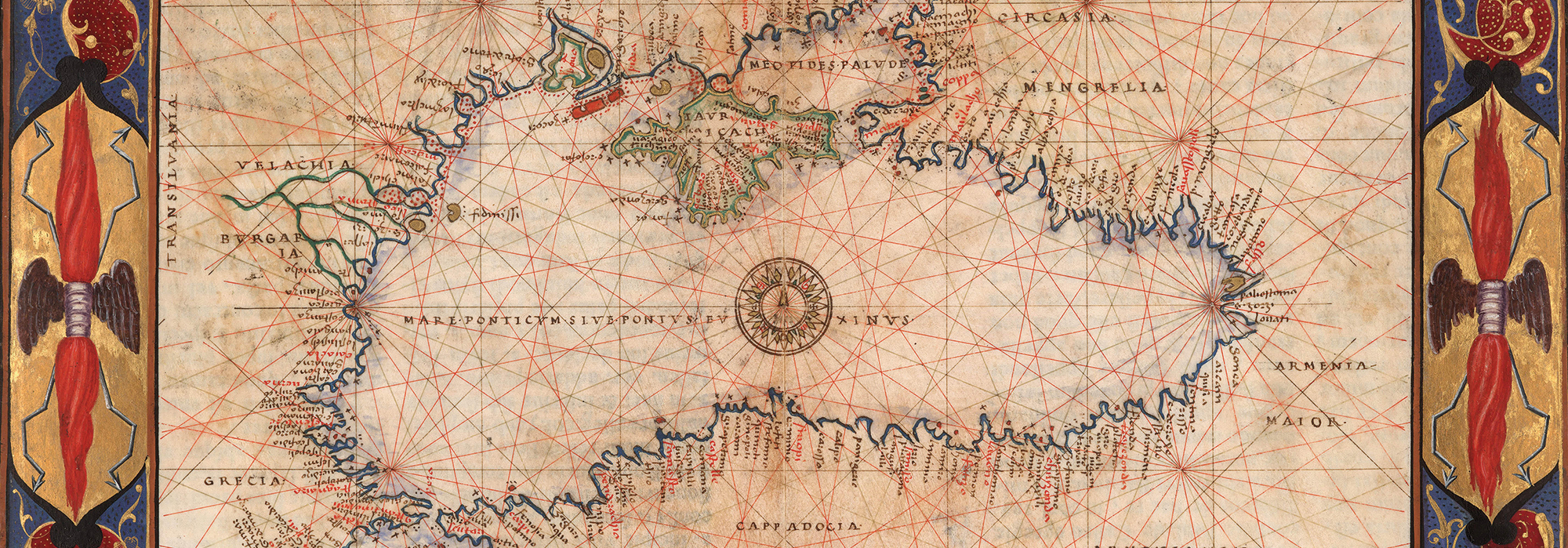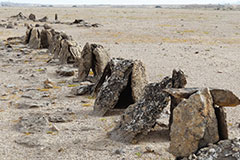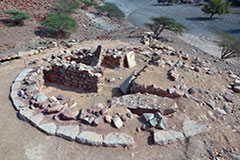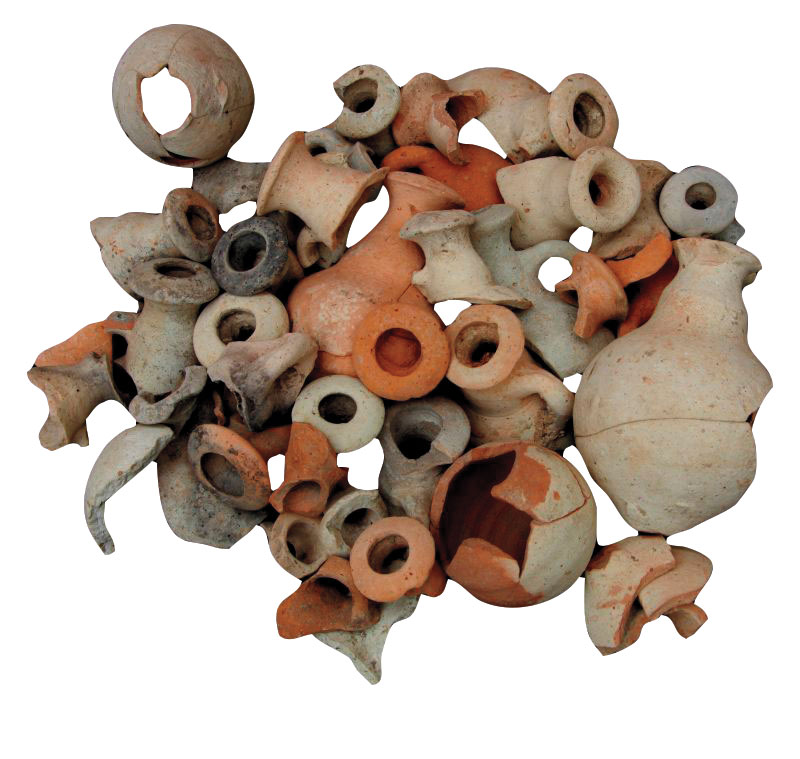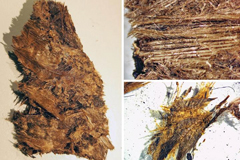Features From the Issue
-
Features May/June 2024
Searching for Lost Cities
From Iraq to West Africa and the English Channel to the Black Sea, archaeologists are on the hunt for evidence of once-great cities lost to time
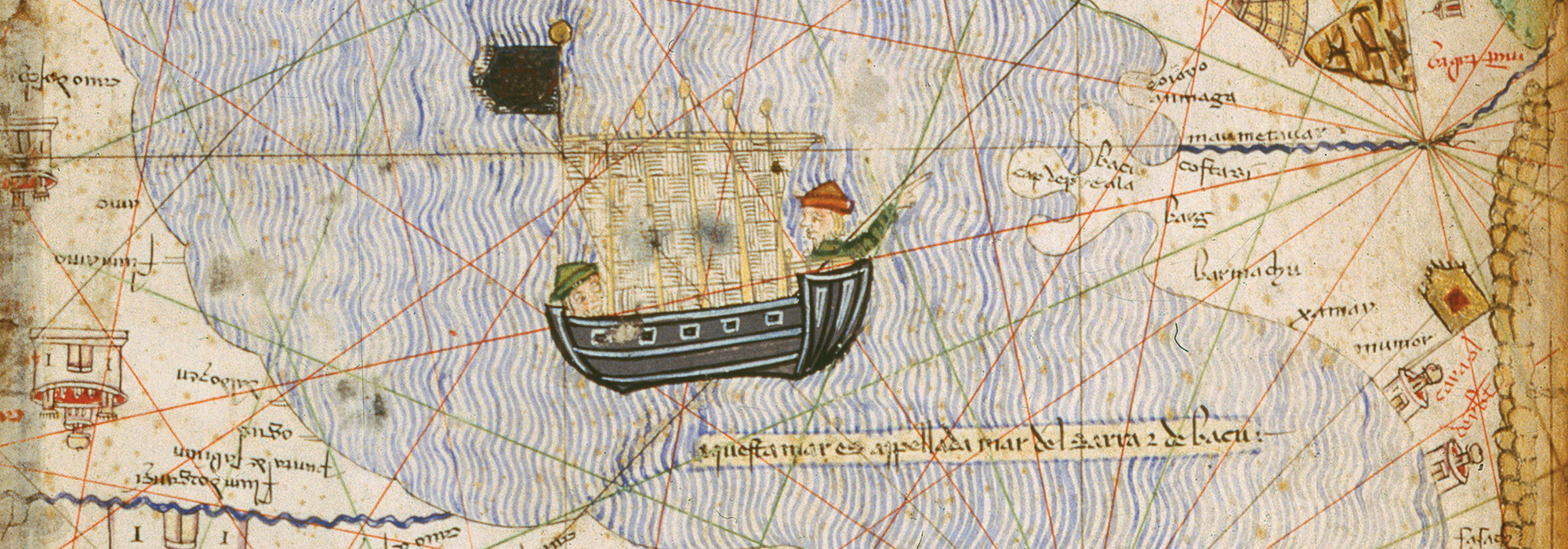 (© BnF, Dist. RMN-Grand Palais/Art Resource, NY)
(© BnF, Dist. RMN-Grand Palais/Art Resource, NY) -
Features May/June 2024
Alexander the Great's Untold Story
Excavations in northern Greece are revealing the world that shaped the future king
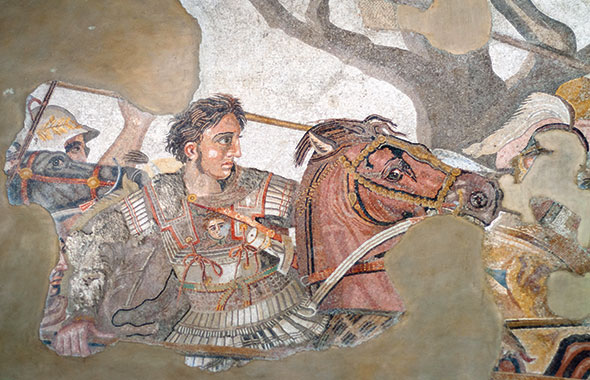 (Veronika Pfeiffer/Alamy)
(Veronika Pfeiffer/Alamy) -
Features May/June 2024
Emblem for a New Era
A Bronze Age warrior’s grave yields a final clue to his identity
-
Features May/June 2024
Forts of the Bison Hunters
How the Wichita secured their homeland on the Great Plains
-
Features May/June 2024
High Priestesses of Copper Age Spain
Opulent burials are evidence of women’s religious and political power nearly 5,000 years ago

Letter from the Catskills
Letter from the Catskills
Ghost Towns of the Ashokan Reservoir
An archaeologist investigates how construction of New York City’s largest reservoir a century ago uprooted thousands of rural residents
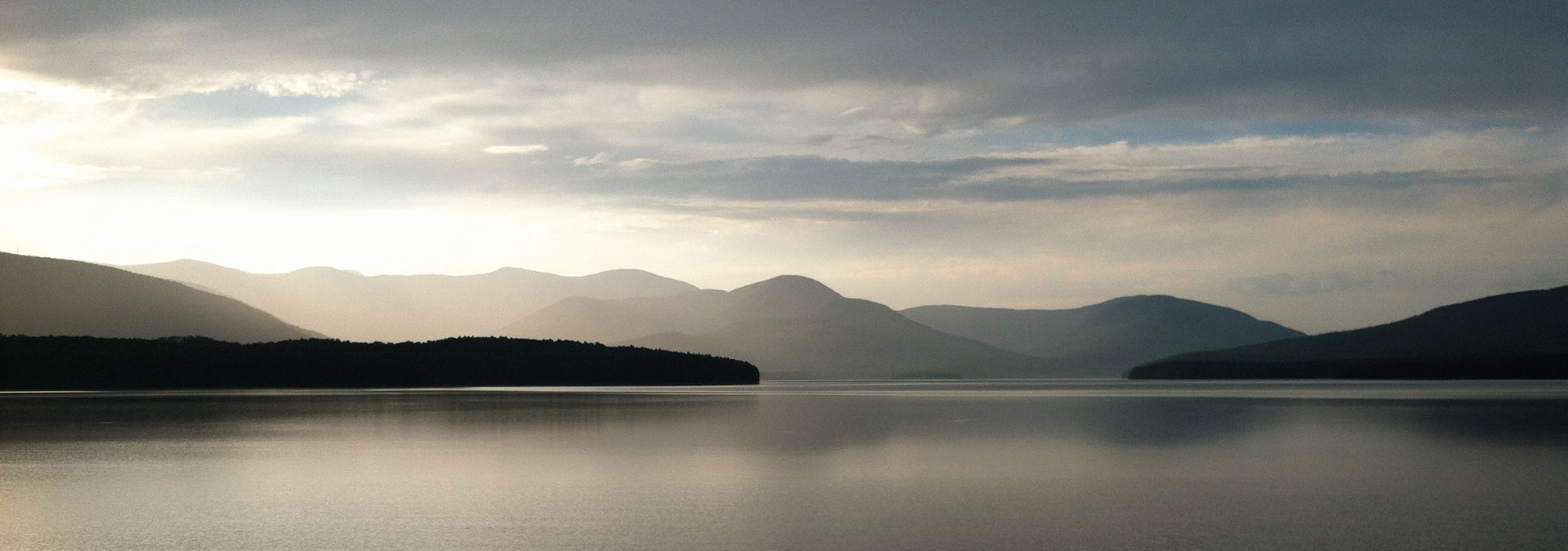
Artifact
Artifacts
Medieval Iron Gauntlet

Digs & Discoveries
-
Digs & Discoveries
Ancient Egyptian Caregivers
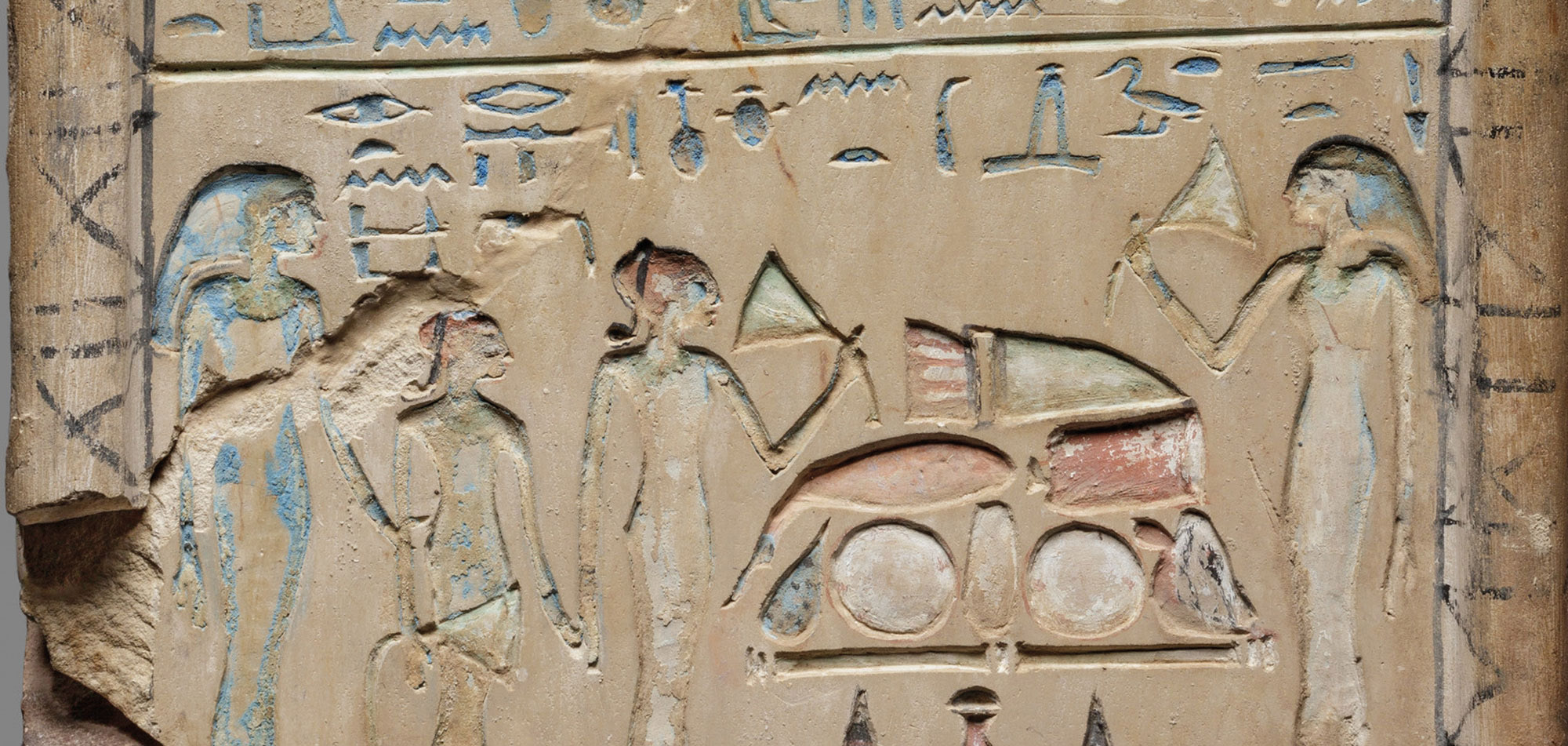 (Metropolitan Museum of Art)
(Metropolitan Museum of Art) -
Digs & Discoveries
Educational Idols

-
Digs & Discoveries
Cleaning Out the Basement
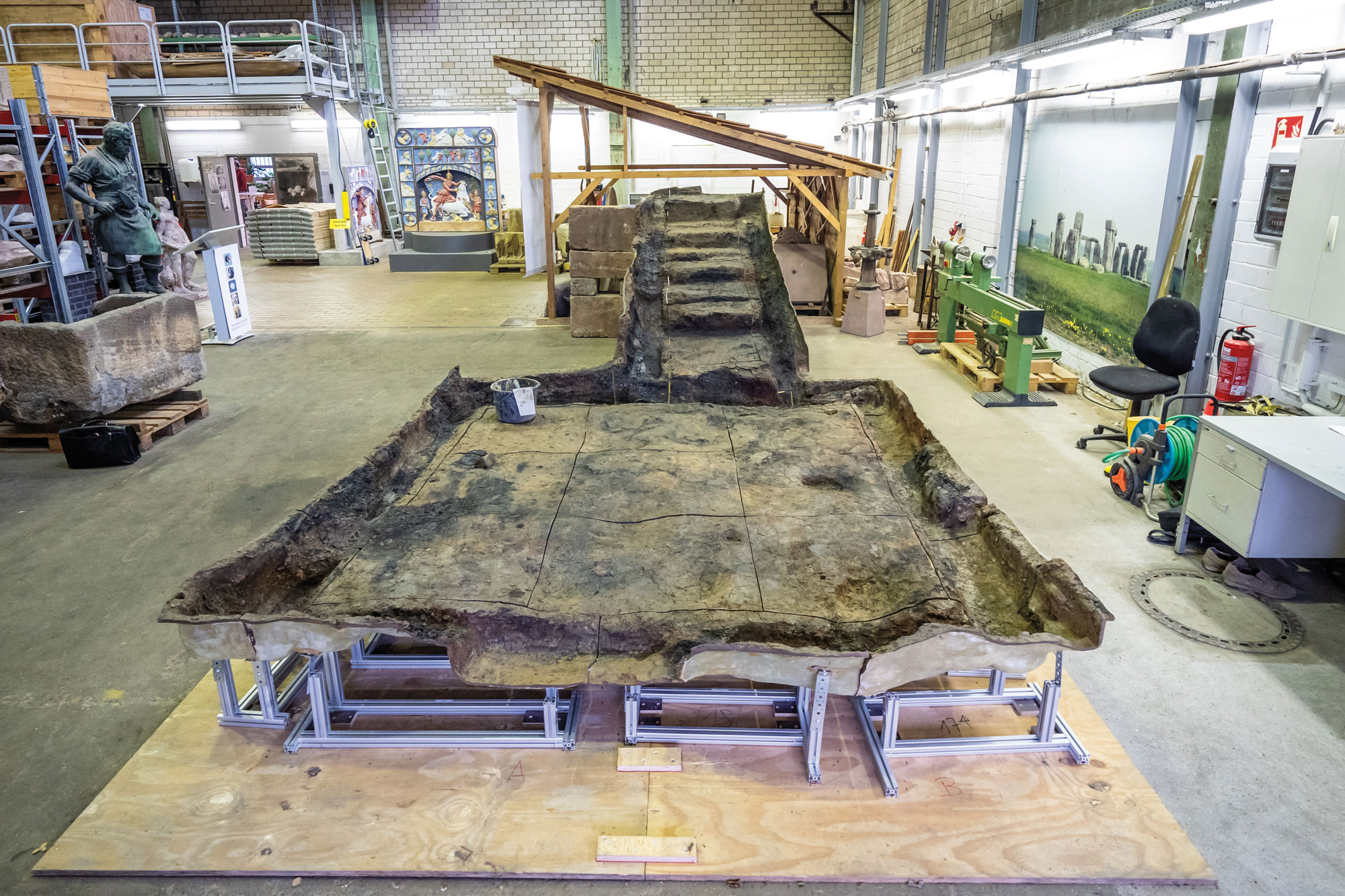
-
Digs & Discoveries
Pompeian Politics
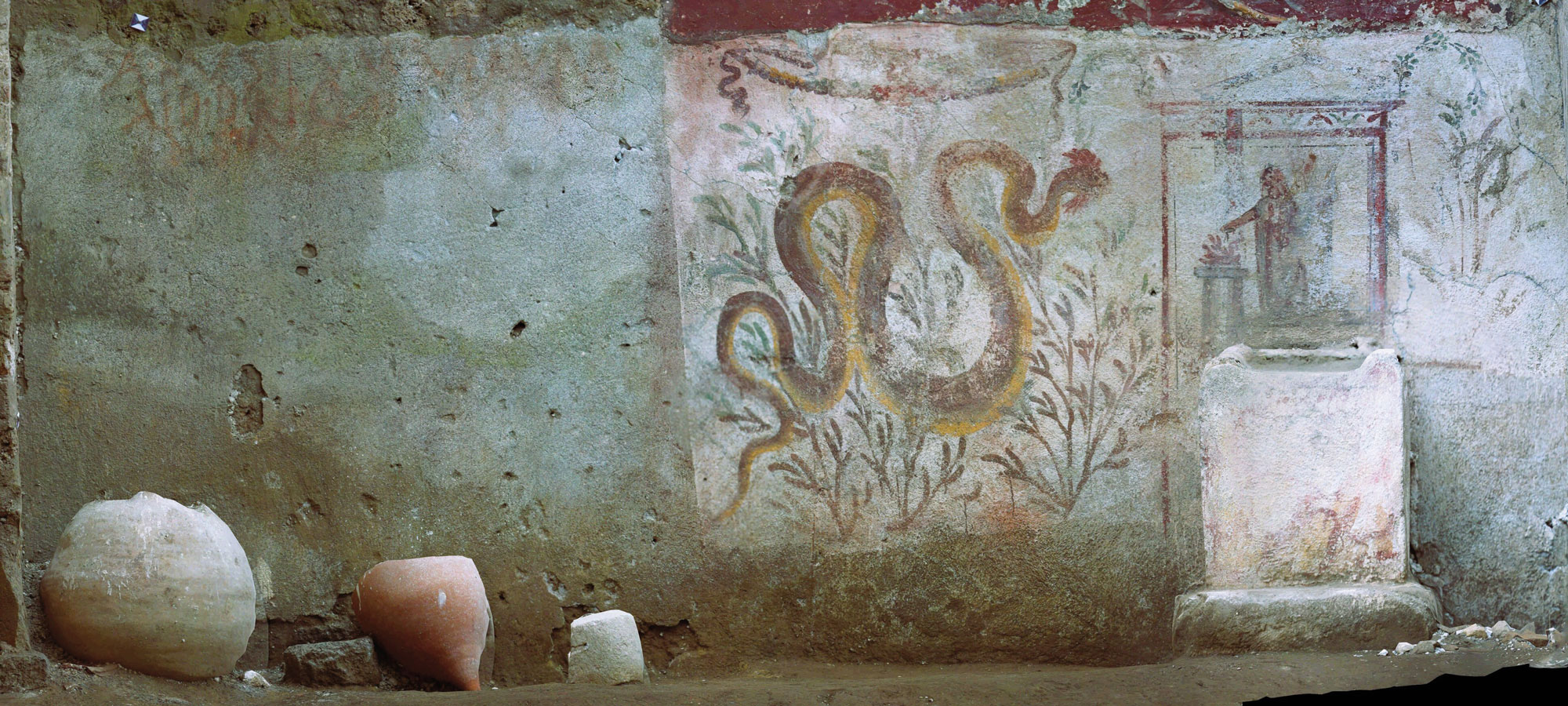
-
Digs & Discoveries
Near Eastern Lip Kit
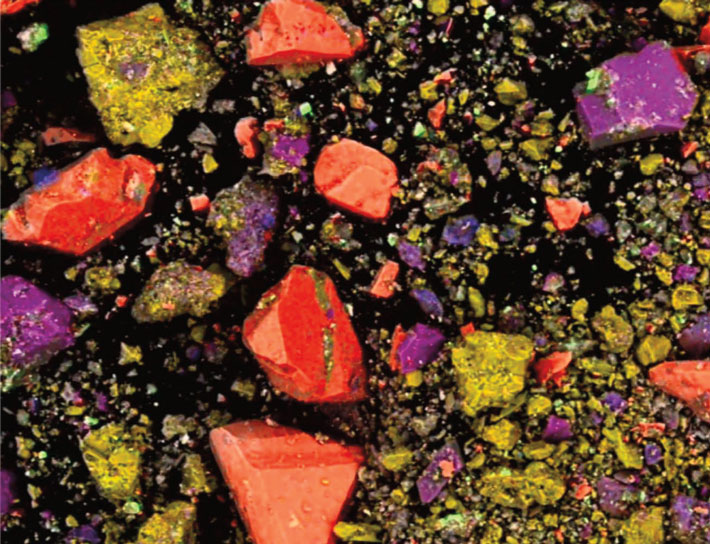 (Images by M. Vidale, F. Zorzi)
(Images by M. Vidale, F. Zorzi) -
Digs & Discoveries
Turn of the Millennium Falcon
 (Courtesy M. Conrad/DAI)
(Courtesy M. Conrad/DAI) -
Digs & Discoveries
Speaking in Golden Tongues
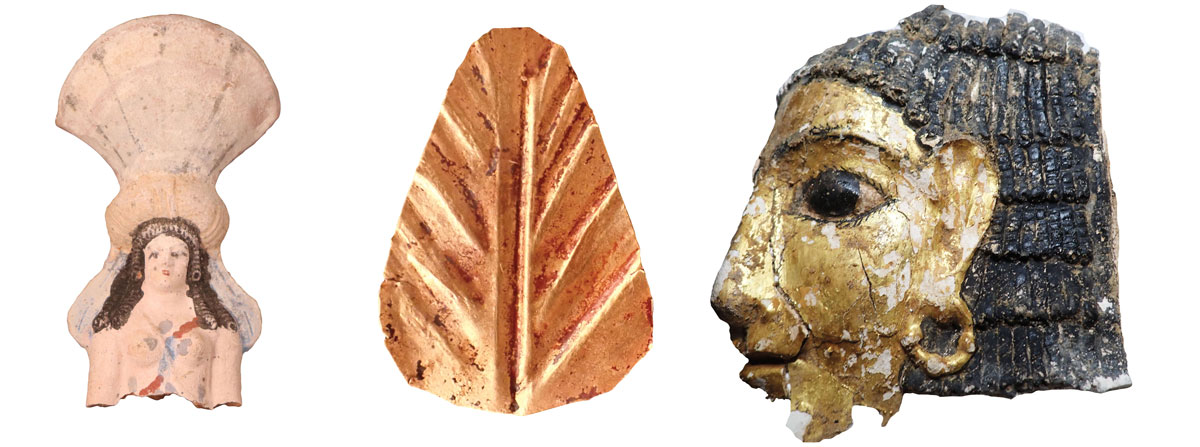 (Egyptian Ministry of Tourism & Antiquities)
(Egyptian Ministry of Tourism & Antiquities) -
Digs & Discoveries
Workhouse Woes
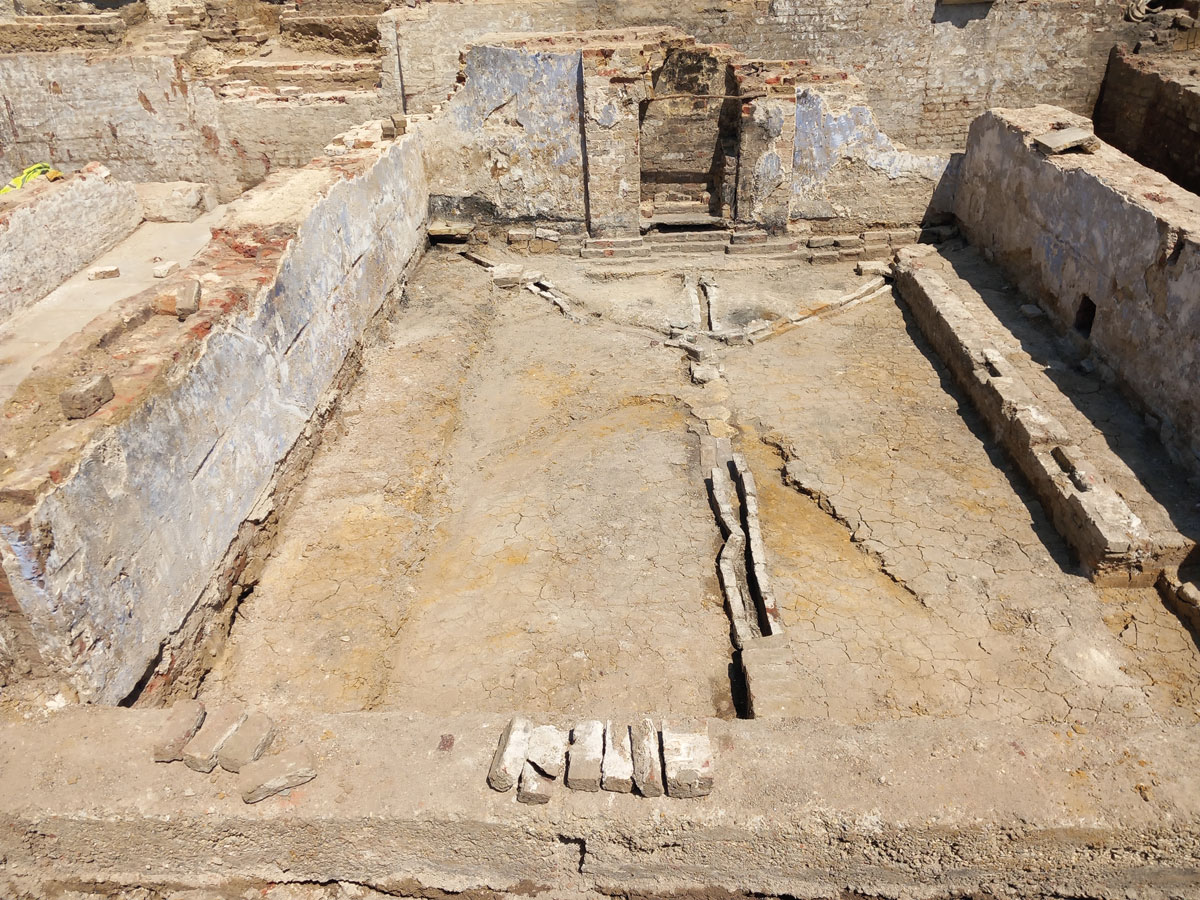 (© MOLA)
(© MOLA) -
Digs & Discoveries
Hunting Heads
 (Courtesy Qian Wang/Texas A&M University School of Dentistry)
(Courtesy Qian Wang/Texas A&M University School of Dentistry) -
Digs & Discoveries
The Amazon’s Urban Roots
 (A. Dorison and S. Rostain)
(A. Dorison and S. Rostain) -
Digs & Discoveries
More Images from Digs & Discoveries
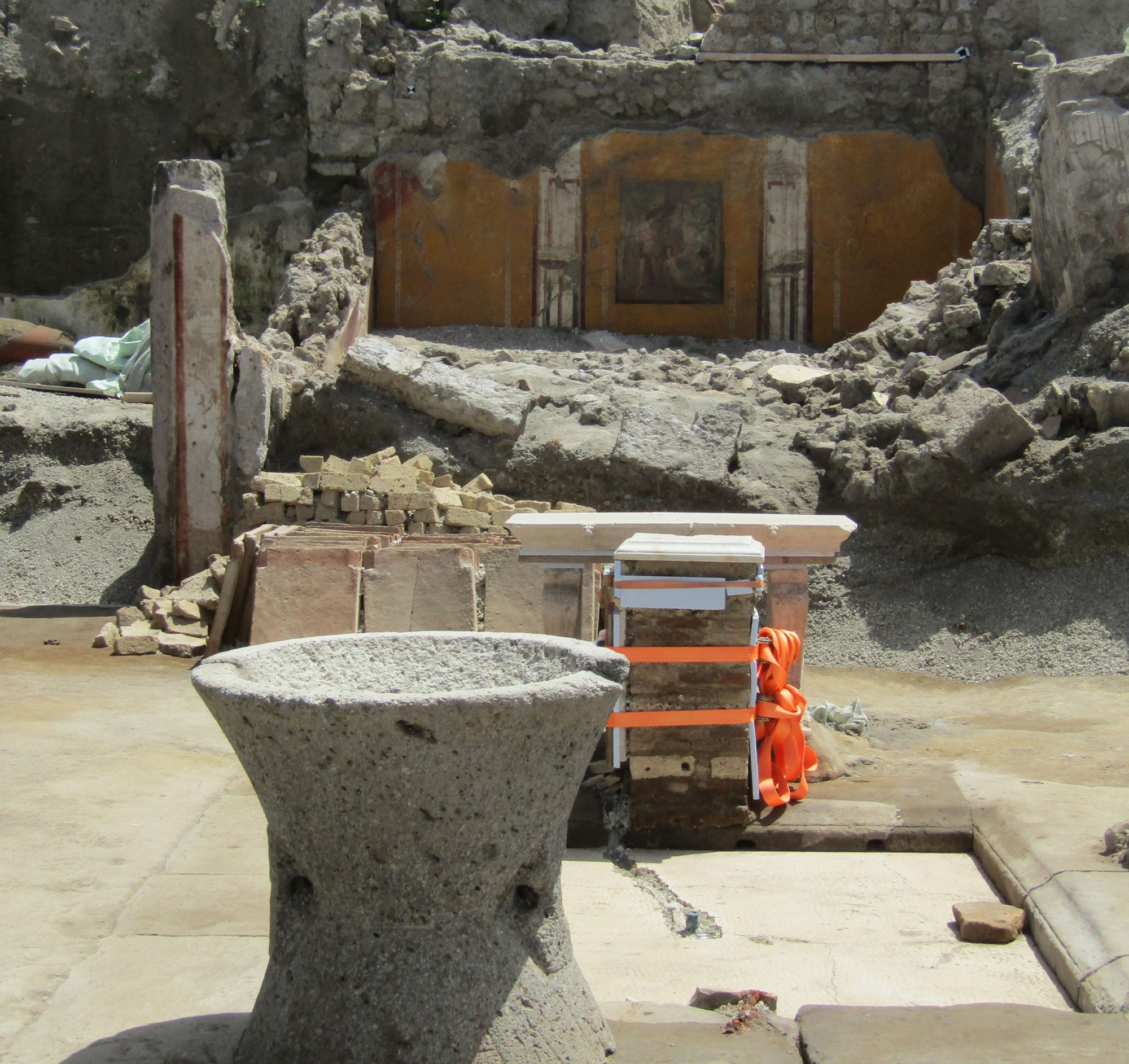 (Courtesy Soprintendenza Archaeologica di Pompei)
(Courtesy Soprintendenza Archaeologica di Pompei)
Off the Grid
Off the Grid May/June 2024
Lixus, Morocco
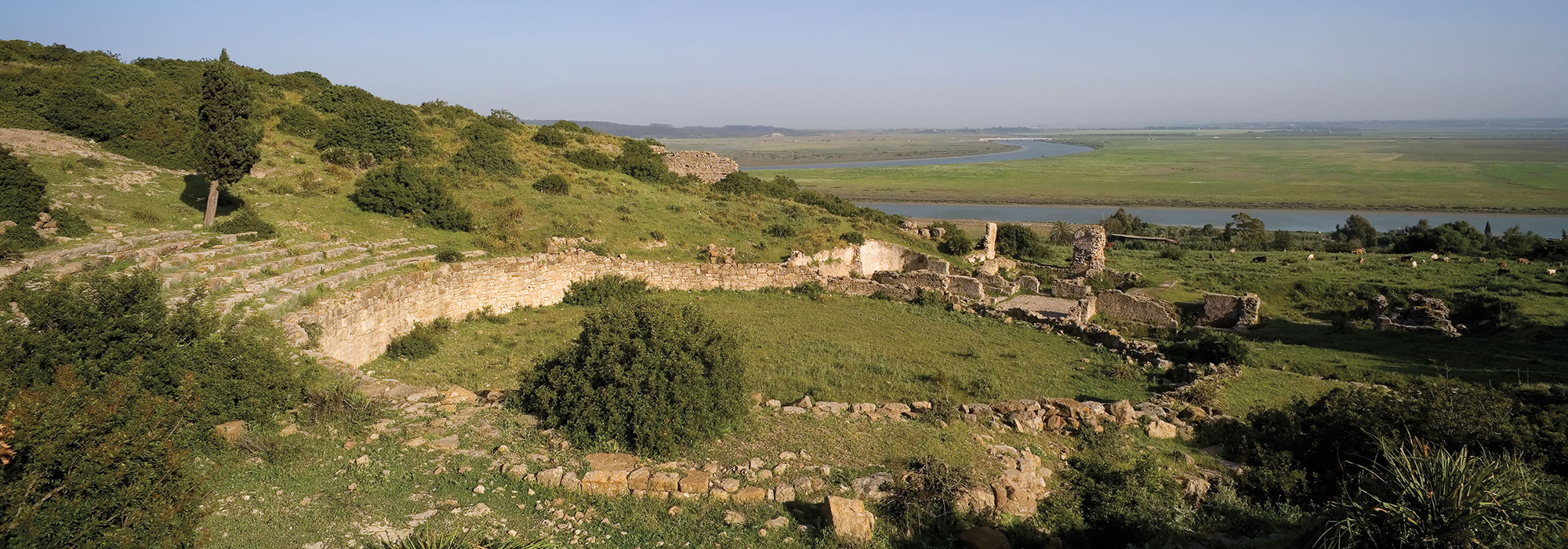
Around the World
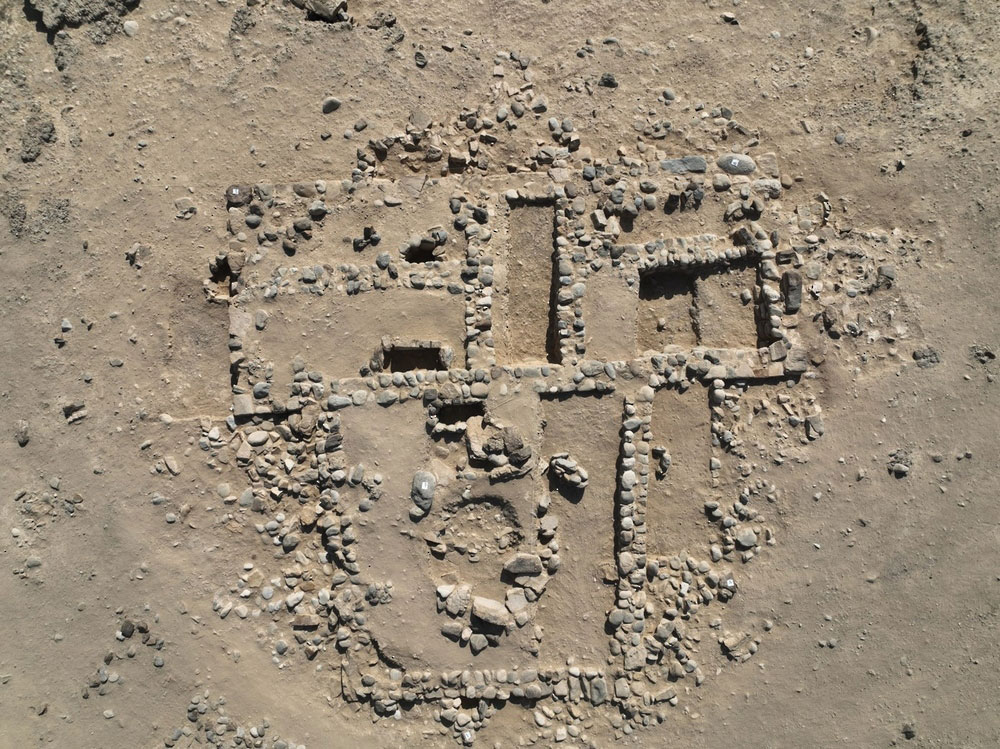
OMAN
Among the ruins of a 3,000-year-old Iron Age settlement near the town of Rustaq that includes residential buildings and large defensive structures, archaeologists exposed an oddly shaped building. What they found inside was even more curious than the building’s design. Scattered within the property were graves of more than 30 children, including newborns. Experts are not yet sure why these young people were buried together in this fashion as this practice was previously unknown in the region during the Iron Age.
Related Content

ITALY
Sections of a lost medieval church were revealed by workers replacing damaged paving stones in Venice’s St. Mark’s Square. Newly exposed walls, floors, and tombs are believed to be remnants of St. Geminiano. Built in the 6th century A.D., the church was one of the city’s earliest houses of worship, predating the iconic St. Mark’s Basilica and its eponymous square. St. Geminiano underwent several transformations before being demolished in the early 19th century, after which its location was forgotten.
Related Content

SWEDEN
Around 170 people from Varnhem recently underwent thorough dental examinations. These patients needed no numbing agents, however, as they had been dead for more than 800 years. This study of the dental habits of the Viking community at Varnhem from the 10th to 12th century indicated that around half suffered from at least 1 cavity and, on average, adults had lost 6 percent of their teeth. Evidence of deep drilling in some molars also revealed that Vikings were capable of alleviating severe pressure from infection.
Related Content
Slideshow: Spain’s Copper Age Priestesses
At the site of Valencina in southwestern Spain, just outside Seville, a woman nicknamed the Ivory Lady was buried nearly 5,000 years ago with a collection of grave goods unparalleled for the time and place. A few generations later, 20 people—at least 15 of them women—were buried a few hundred feet from the Ivory Lady with an even more impressive array of grave goods in a tomb known as the Montelirio tholos. Archaeologist Leonardo García Sanjuán of the University of Seville, who leads a team that is studying the burials, believes the Ivory Lady and the women buried in the Montelirio tholos were leaders of their community, vested with great political and religious power.
